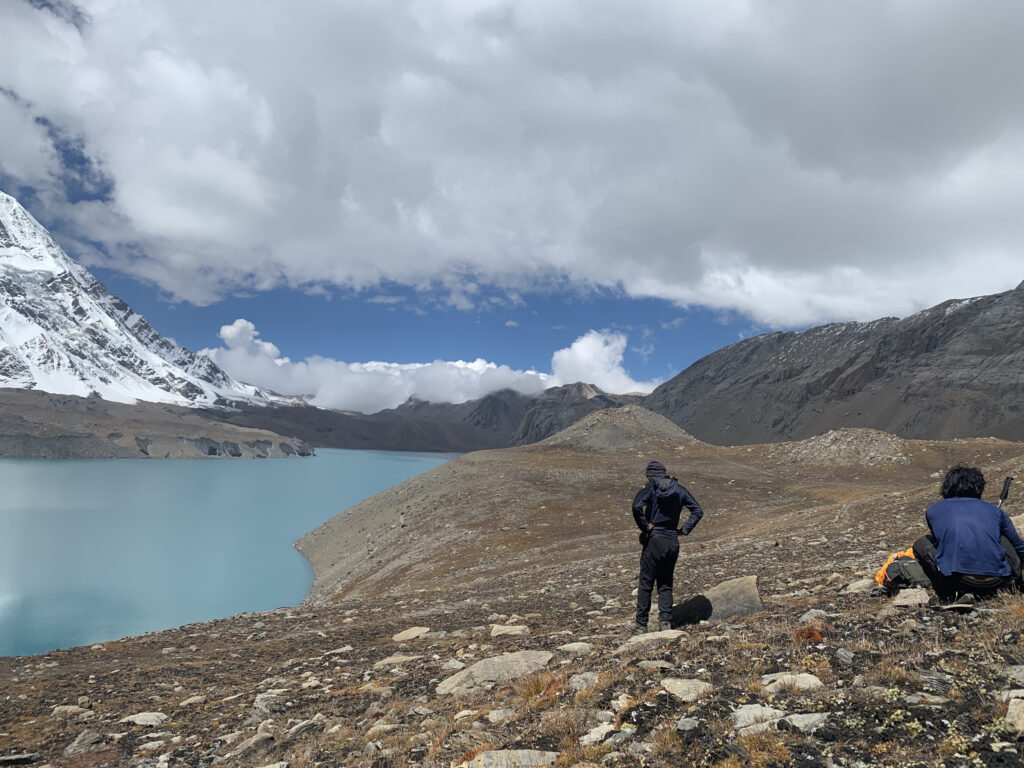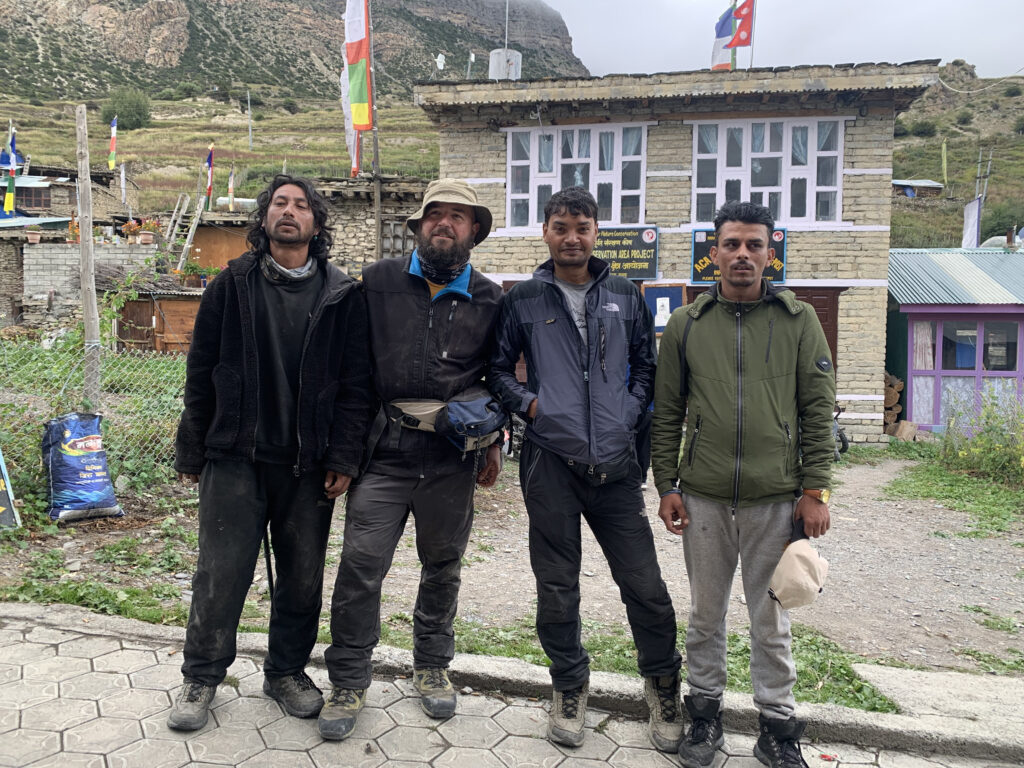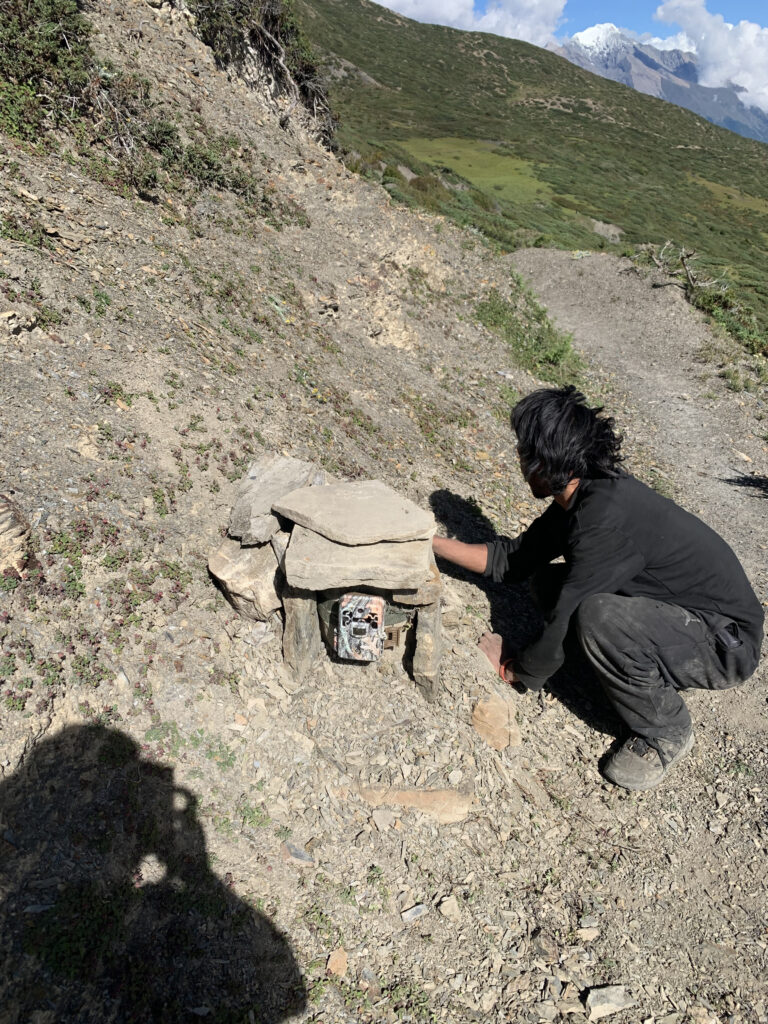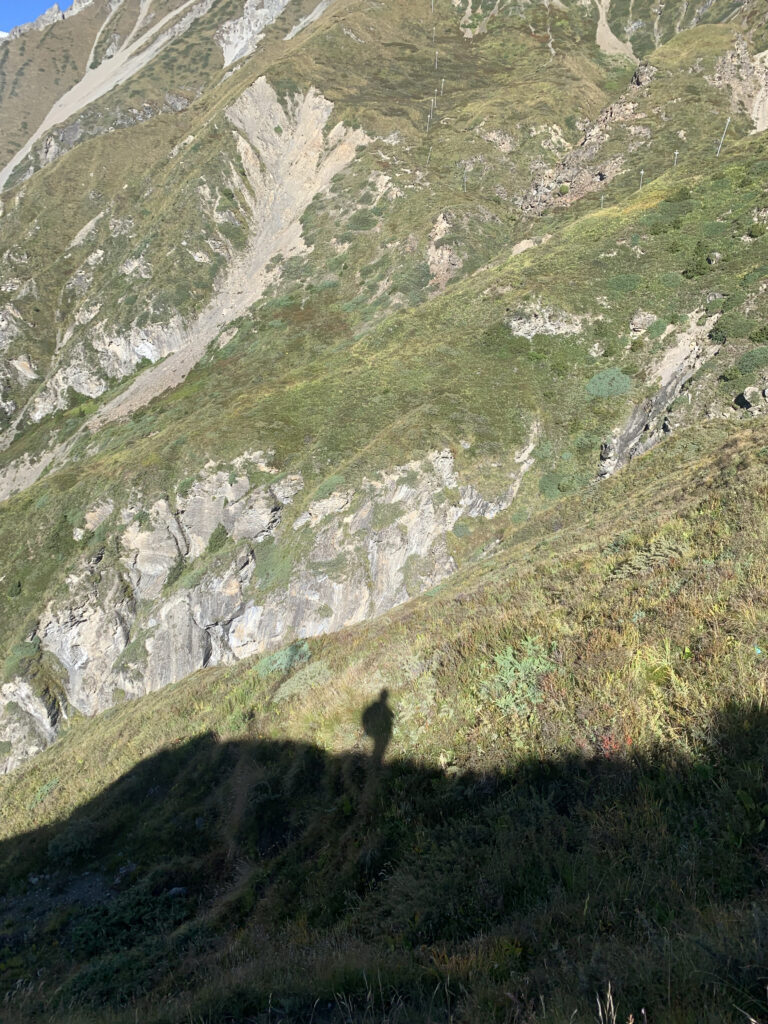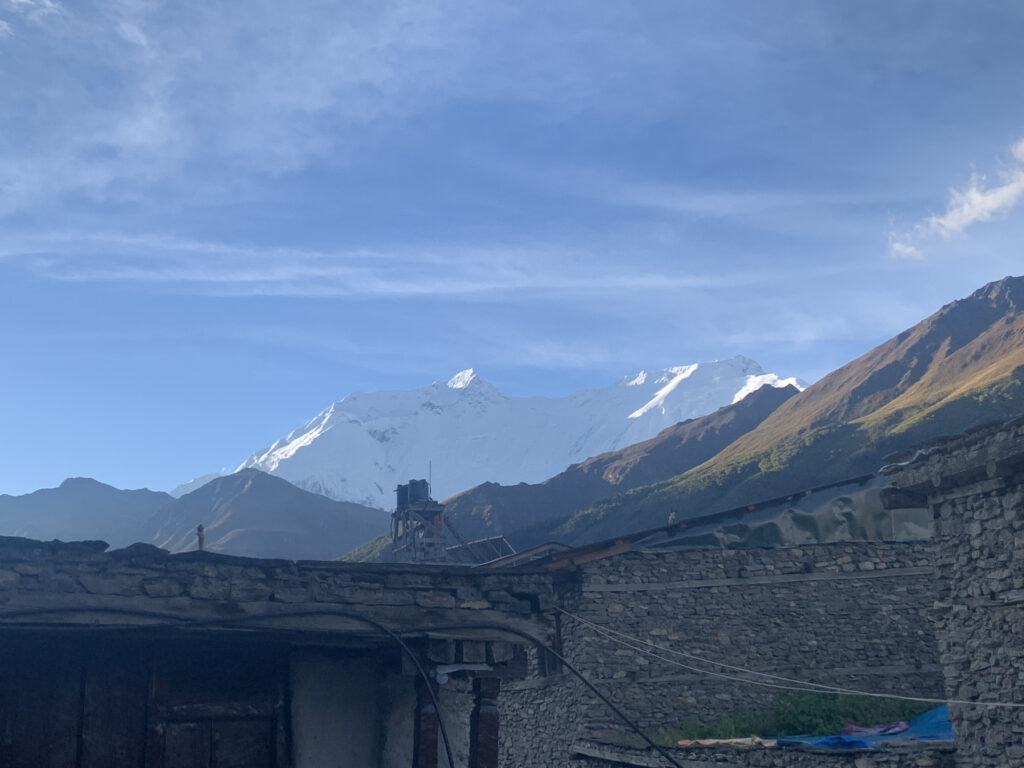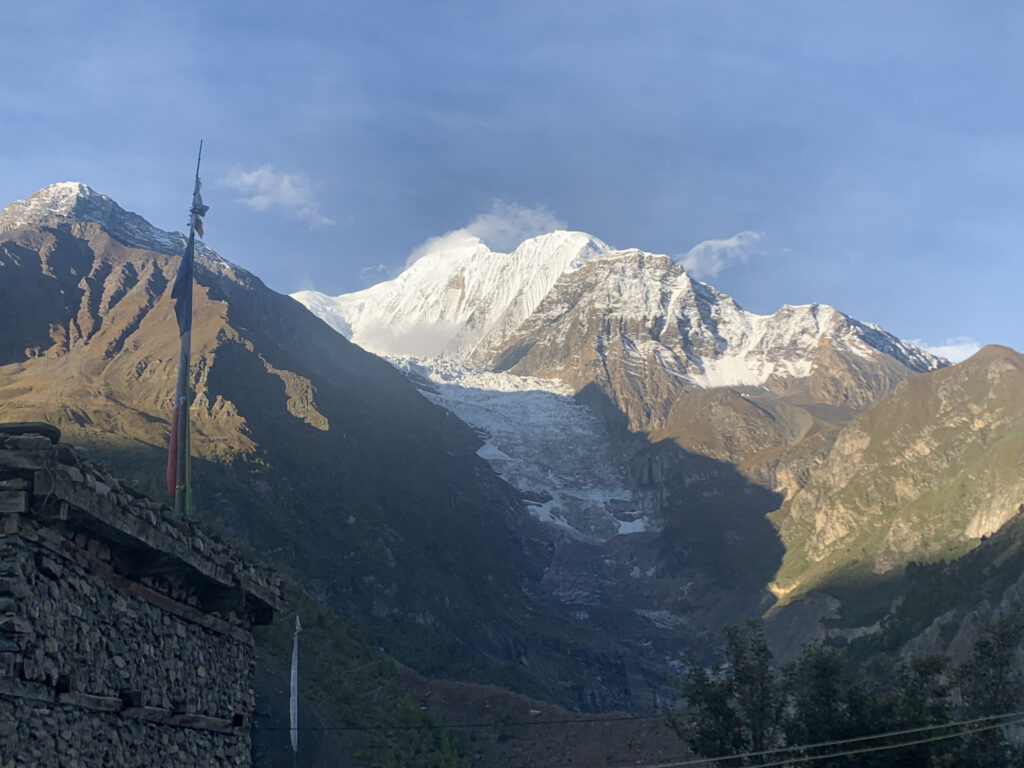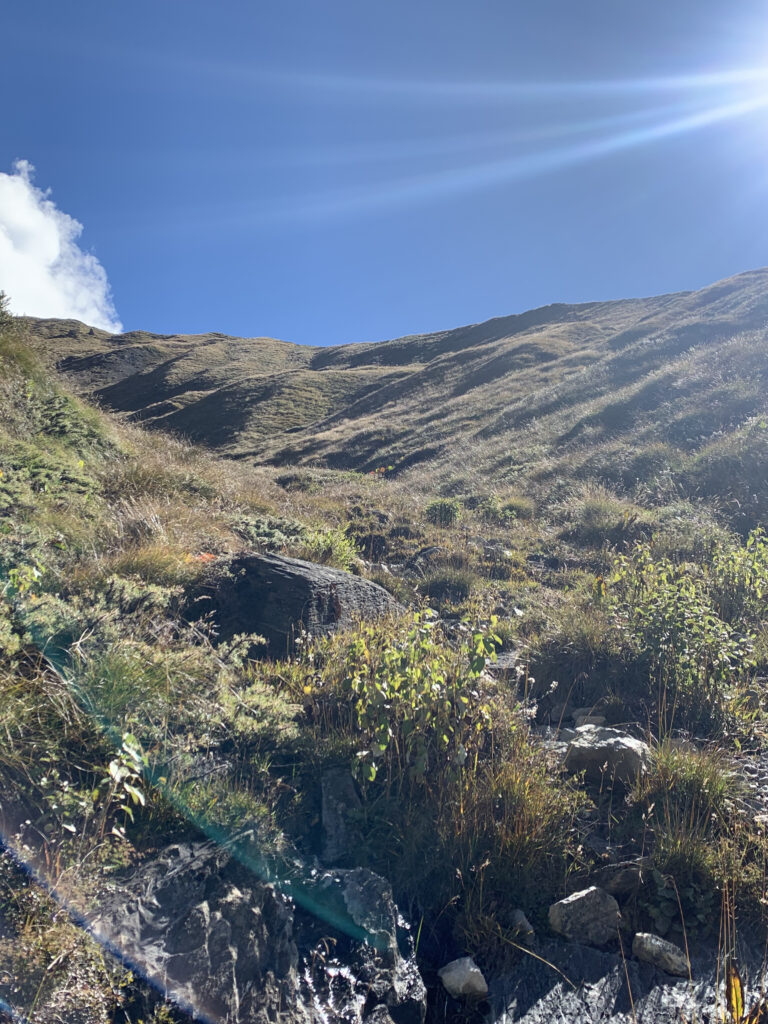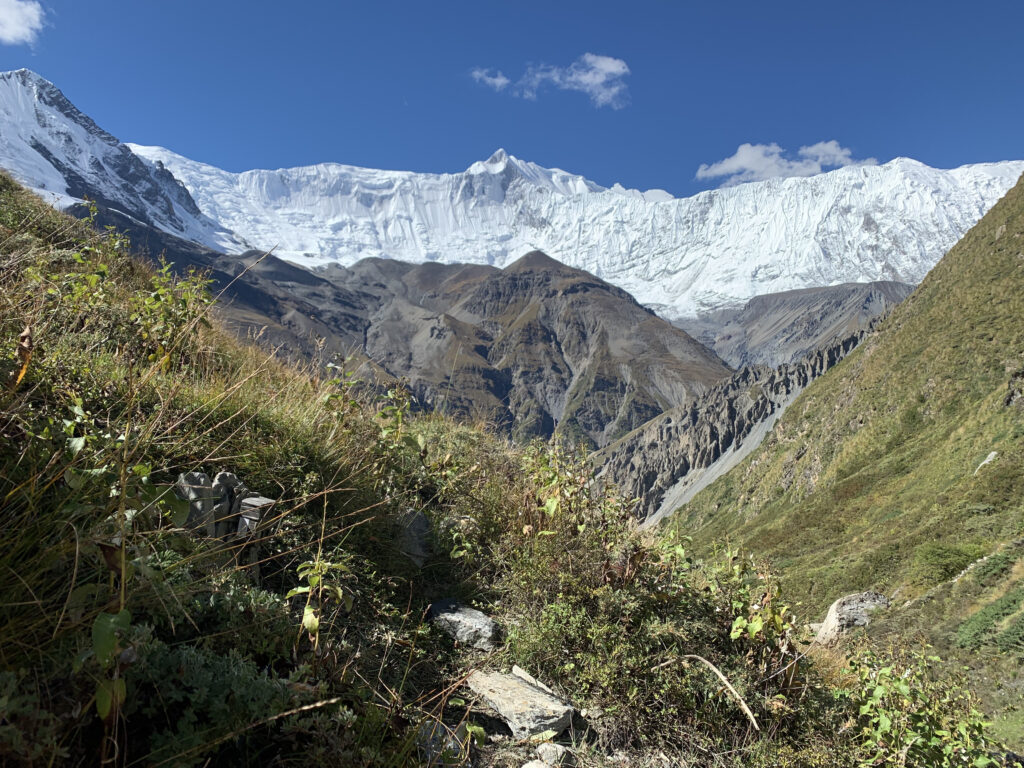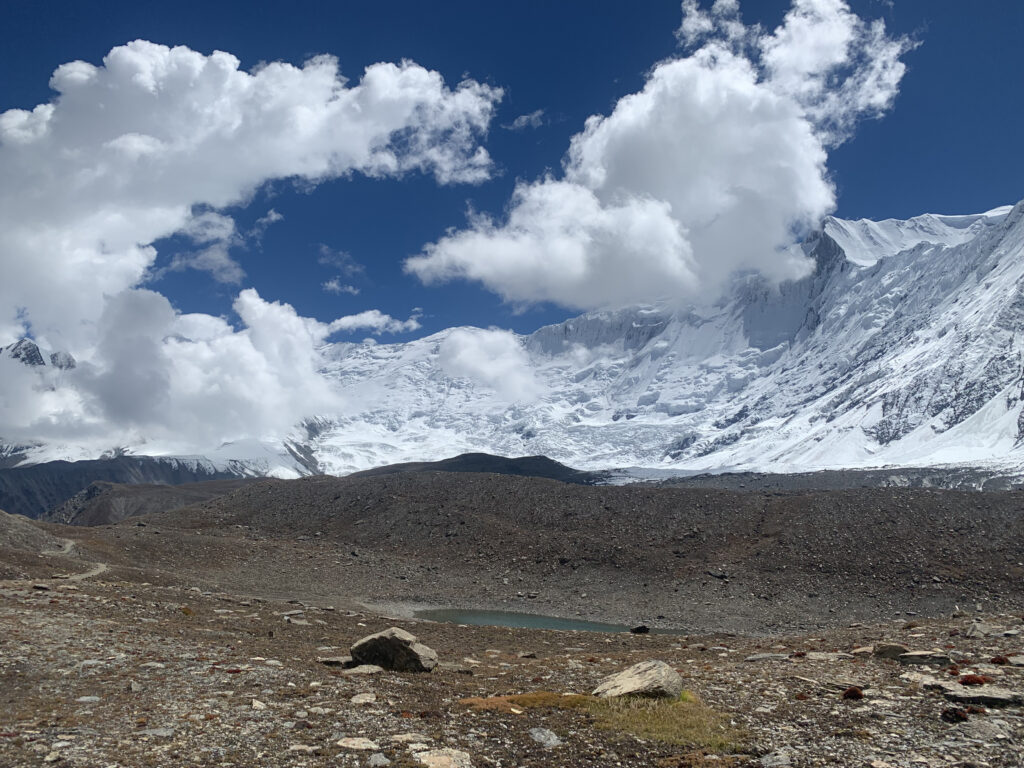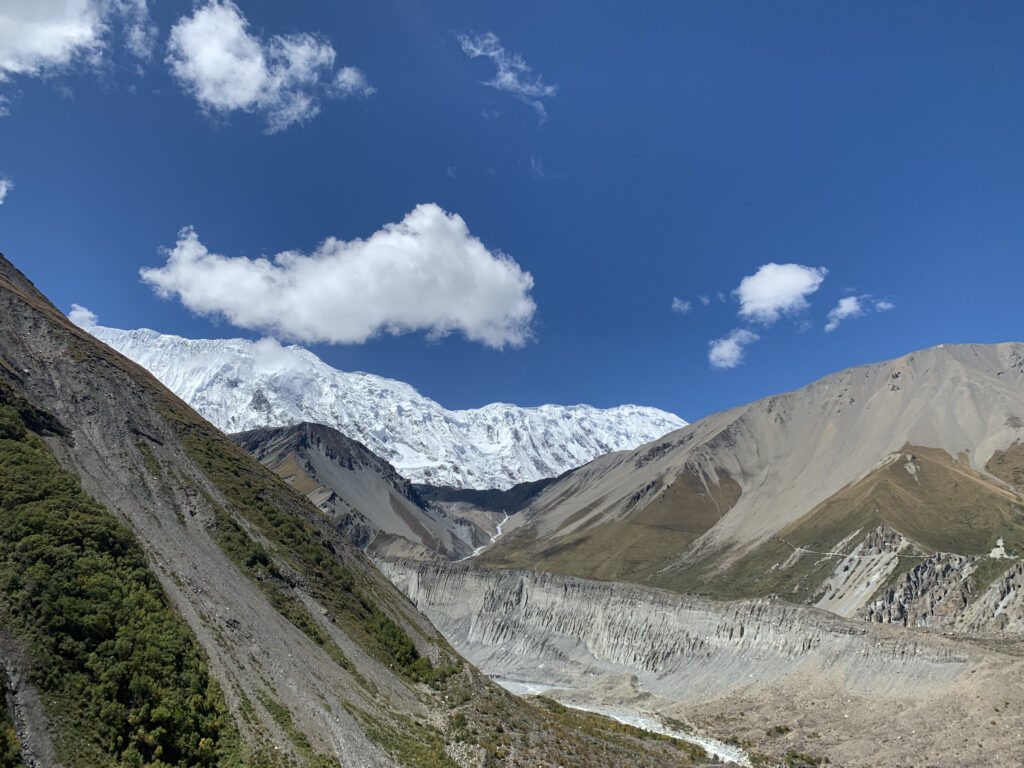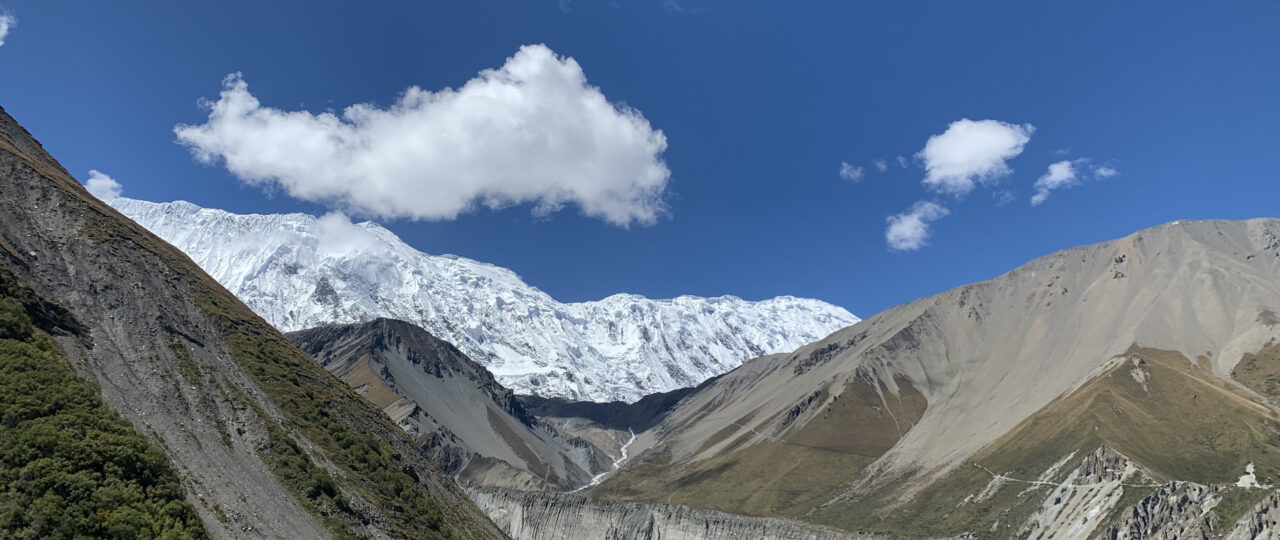Field Expedition to Annapurna Conservation Area, Fall 2024
We’re back in the field! After a few months away, it feels great to be surrounded once again by the rugged beauty of the Himalayas, this time at Annapurna Conservation Area. Our mission this time is to explore the distribution patterns of the Himalayan wolf on a more detailed scale, focusing on areas where human activities dominate the landscape.
Have you ever wondered why wolves thrive in certain parts of the Himalayan range while avoiding others? What factors limit their presence? Are the places where wolves live connected in some way? These are essential questions for anyone interested in conservation and addressing them requires careful study.
As we set out on this expedition, we understand that our work must be done with great care. Himalayan wolf conservation in human-dominated landscapes is complex, and success depends on united efforts from everyone involved—local communities, conservationists, and beyond.
We’ve previously mentioned the decreasing human pressure in Upper Humla. Now, we’re turning our attention to a contrasting environment, where human influence is more intense, and coexistence comes with more challenges and caveats. The comparison between these two realities is key to understanding the bigger picture of Himalayan wolf conservation in the region and globally. Our experiences with our projects in remote areas over recent years have naturally led us here, to the Annapurna Conservation Area. The unique challenges of this landscape, where humans and wolves are once again crossing paths, make it a crucial location for our work.
This expedition wouldn’t be possible without the incredible support of the ACAP (Annapurna Conservation Area Project) and the NTNC (National Trust for Nature Conservation). Their team in the Nyetsan Valley has not only made us feel at home but has also played an essential role in facilitating our research. The open and honest communication we’ve had with them has strengthened our shared commitment to the same goal: ensuring that both wolves and people can thrive in this landscape.
We started our fieldwork in early September. While the monsoon season is still hitting hard in some areas of Nepal, here in Manang, we’re sheltered by the colossal peaks of the Annapurna range. These mountains not only shape the landscape but also protect us from the worst of the rains—though not from the mud!
Logistics, as always, are a challenge when it comes to field gear. Our journey began early in the morning leaving Kathmandu with our first stop at Besishahar, then on to Chame, and finally to Manang, which will serve as our headquarters for the coming weeks. Our study area will have us move to very elevated areas as Thorung Phedi or Tilicho Lake, both over 5000 masl.
The first impression of these valleys is beautiful, the beauty of Gangapurna glacier already freezes our blood at first sight; but also striking: human activities are present in almost every corner. This is a highly visited area for trekking tourism, which changes the dynamic significantly. Wild prey species like the Blue sheep or Bharal (Pseudois nayaur) are present, but other important wolf prey species, such as Himalayan marmots (Marmota himalayana) and Kiang (Equus kiang), are notably absent in this region.
Compared to the Upper Humla landscape, Manang is a rugged area dominated by cliffs and abrupt landslides. How these features will affect the movement and ranging patterns of Himalayan wolves is something our data will hopefully reveal.
Engaging with local livestock herders was a fascinating experience. Their perspective on coexistence with wild predators and conflict mitigation is invaluable for understanding the delicate balance in these landscapes. While herders recognize the great tourism draw that wild predators, especially snow leopards but also wolves, provide, the predatory pressure on livestock has become unsustainable for some. In fact, many herders are considering abandoning their traditional livelihoods in favor of focusing on tourism accommodation businesses.
Coexistence must be a priority in environmental policies. The persecution of Himalayan wolves won’t just impact biodiversity at the local level; it could critically disrupt connections between isolated wolf populations. Habitat fragmentation and human persecution are among the most pressing threats to wolves everywhere, and it’s no different here in the Annapurna region of the Himalayan mountains.
We’ve detected a few signs of Himalayan wolf activity, though they’ve been scarce, partly due to the constant soft rain. It feels like we’re witnessing a crucial moment though: Wolves are returning to this area, and now is the time to ensure that human-wildlife coexistence is prioritised. A sustainable system of compensation for livestock loss must be established, alongside raising collective awareness of the importance of these predators—not only for maintaining ecosystem balance but also for safeguarding pasturelands and promoting wildlife health.
We will be back soon, we will get more data and we will keep smiling.
